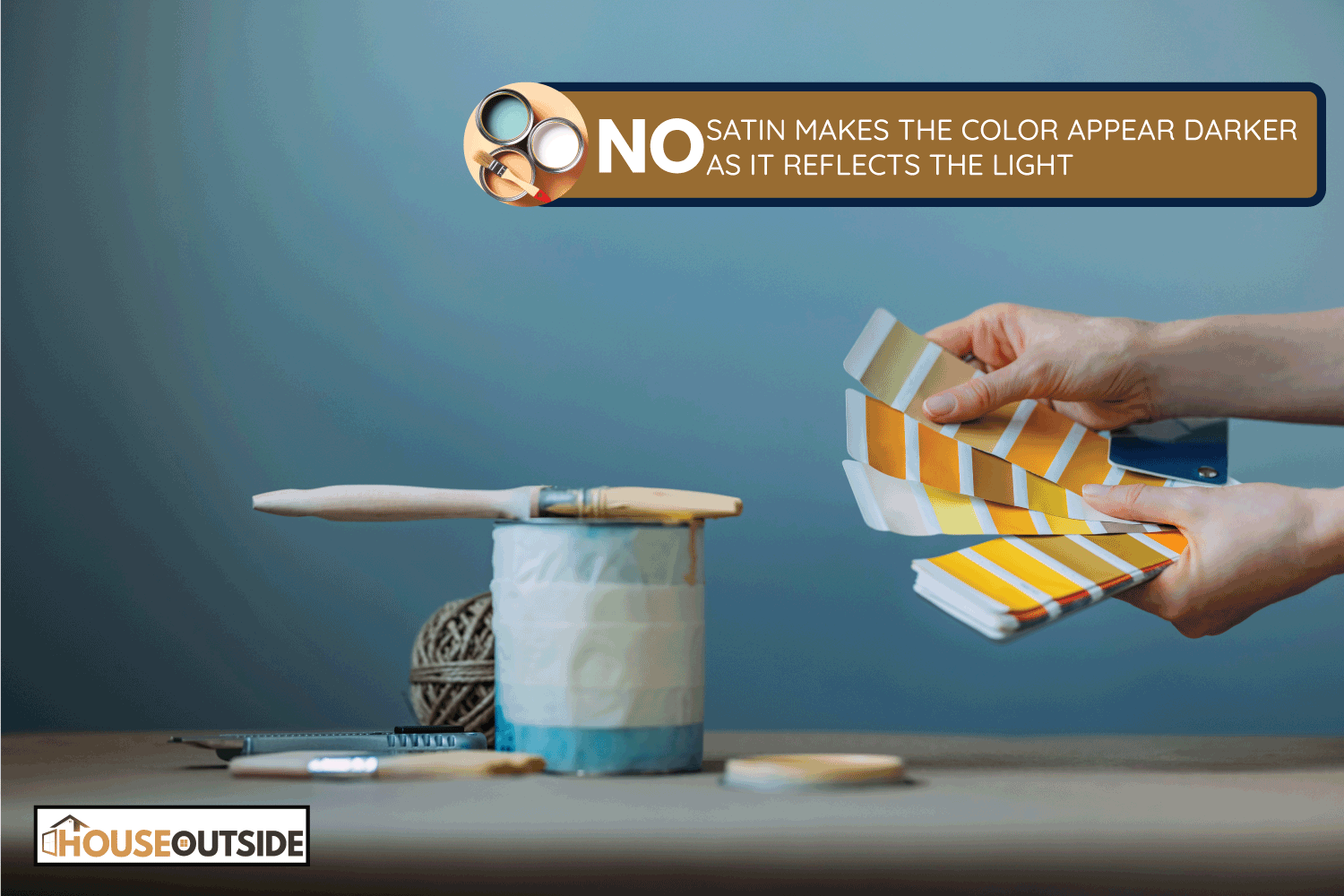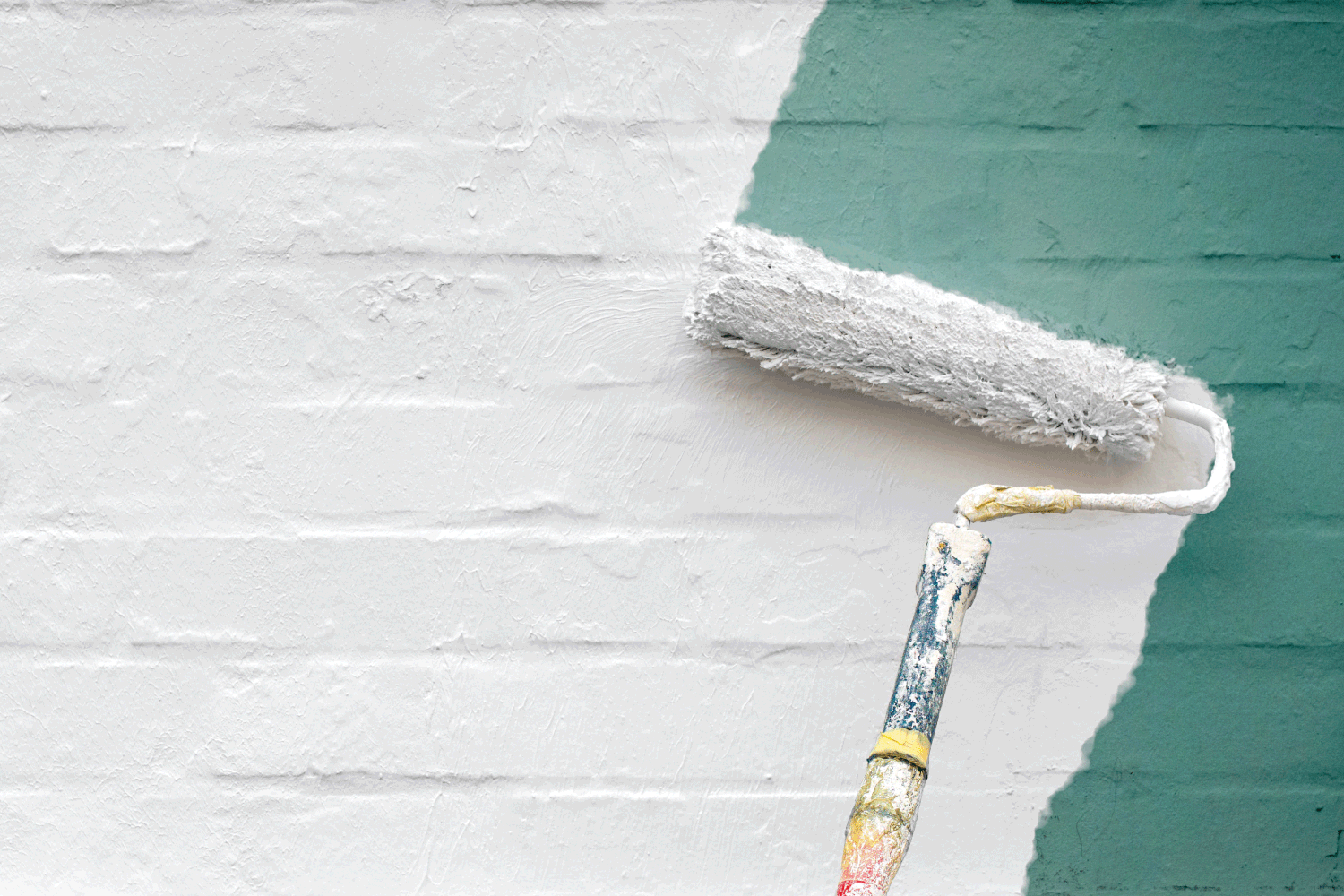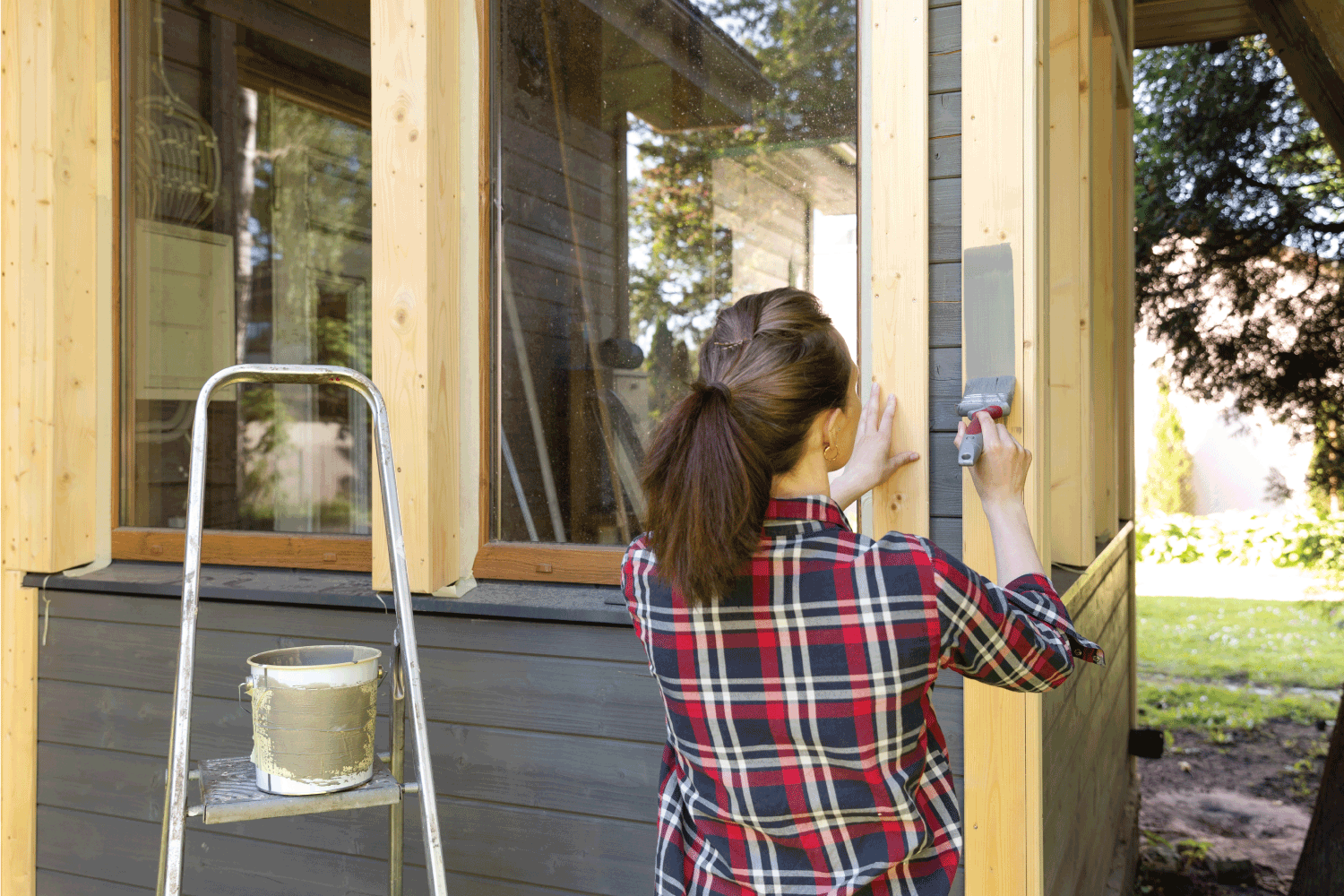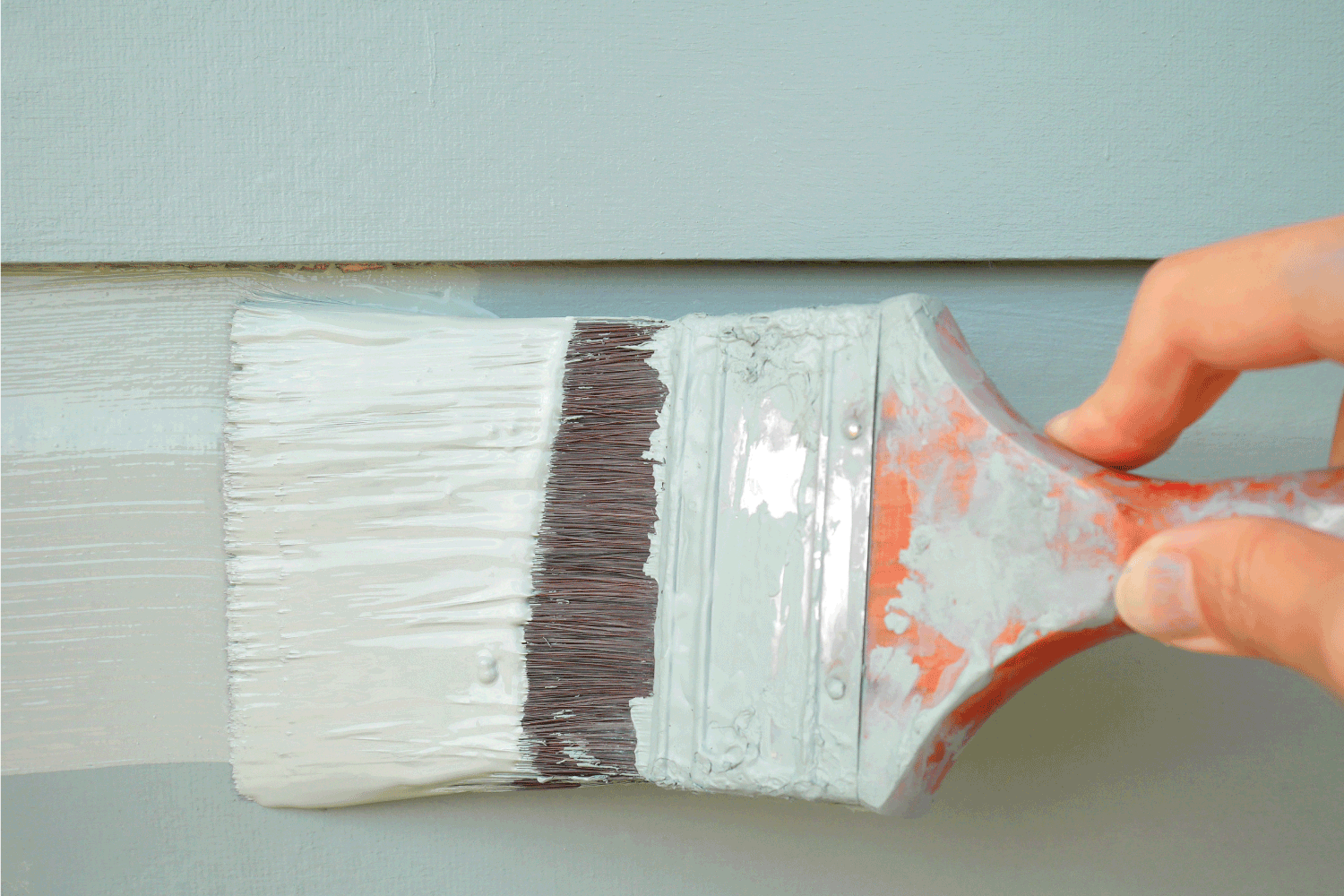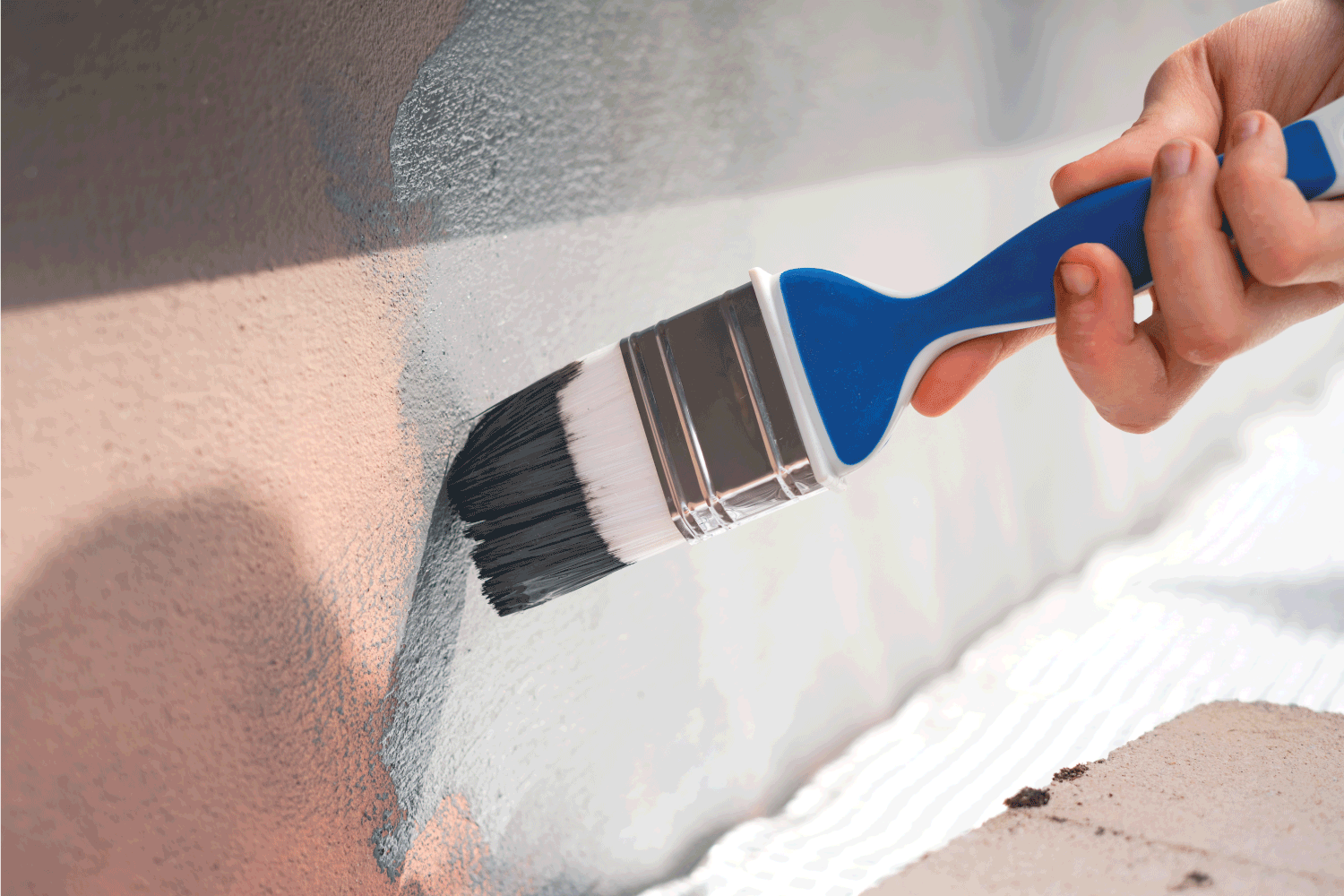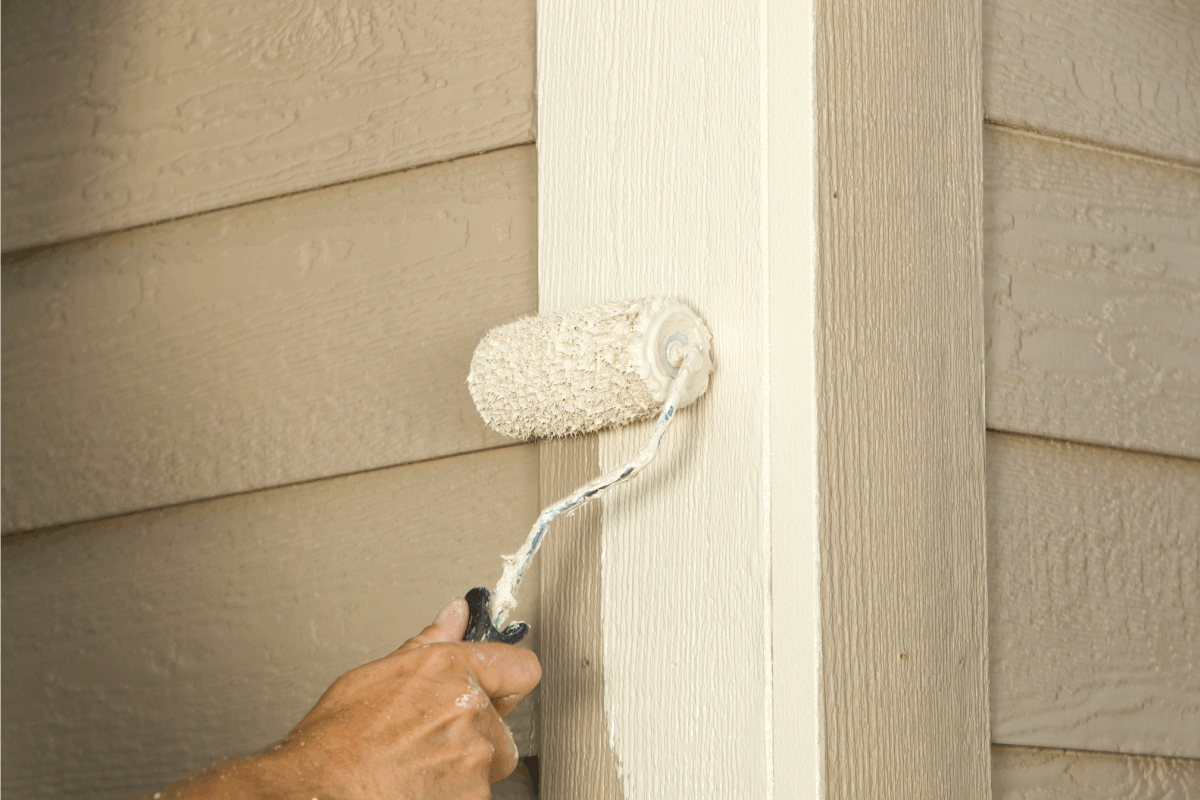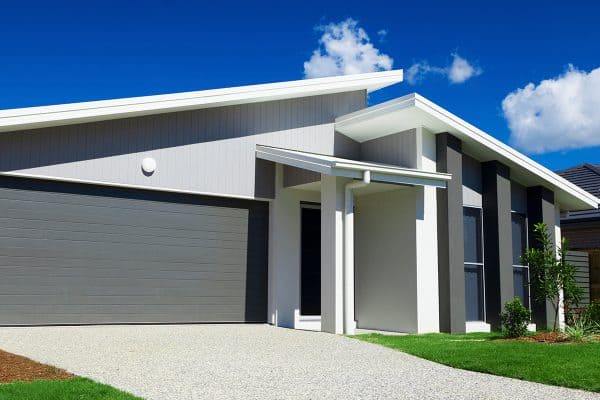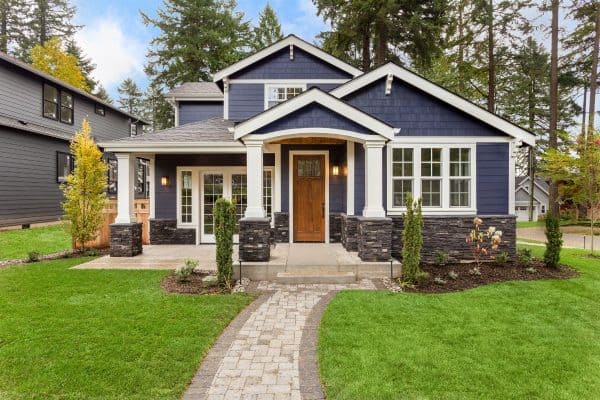Flat and satin paint are both widely available. Before purchasing, you might wonder if flat paint looks darker than satin. We got you! We researched thoroughly to help you understand the paint appearances.
When flat paint is applied, the finish has a chalky appearance because it absorbs light that looks slightly lighter than its swatch color. In contrast, paint that has a sheen such as satin makes the color appear darker as it reflects the light.
In this article, we will discuss the comparison between flat and satin paint. The comparison is not only in terms of appearances but also in other factors that will aid in your choice in the future. So keep on reading.
What Are The Flat And Satin Finishes?
Understanding paint finishes will help you confidently get the product you need for your project. Here's what you need to know.
Flat Paint Finish
Flat paint provides a matte finish and minimizes light reflection. When used on a surface, the absence of sheen (gloss) gives the finished product a very uniform appearance. It is less affected by color reflections off the surface or changes brought on by light refraction.
Flat paint has the maximum pigment content and the least quantity of binder. This indicates that flat paint has excellent coverage. This results in less flexibility and less durability.
Flat paint is frequently the most difficult to clean. Not merely dirt, but also paint, can be removed through scrubbing. If enough paint is peeled off, the underlying hue may show through and provide obvious unevenness.
Furthermore, flat paint ages more quickly. Touch-ups are required more frequently because scuffs and scratches are easier to see on the surface.
Positively, flat paint is simpler to apply. Even if you paint over dry borders with wet paint, the color stays the same. The coverage is also enhanced by more pigment. It can be possible to save money by applying fewer coats to get the desired effect.
Satin Finish
The luster of satin paint is soft. Some people describe it as having a velvety appearance with a slight sheen from light reflection. Satin paint isn't very glossy. The sheen usually isn't strong enough to be seen on flat surfaces, although it reflects light.
The ratio of binders to pigments frequently affects how the paint will turn out. The appearance appears glossier the more binder that is present.
Satin is at the center of the list of the most popular paint finishes. Compared to flat and eggshell paint, it has more binder. There are one-coat variants on the market that might eliminate the need for extra coats. Even if the reduced pigment level may make them required to achieve full coverage.
However, because of their ability to reflect light, surface flaws stand out more. It might also be more difficult to apply. Crossing wet paint over a dry edge can produce a line due to the sheen. Without the right attention, the final appearance could be uneven.
Furthermore, satin finish paint may be more expensive than certain options. The difference is typically negligible per can. However, the cost can build up if you need to paint a sizable area and use several cans of paint.
Flat Paint vs Satin Paint
It is simpler to understand how the two paint types differ by carefully examining each quality and comparing them side by side. Here is a detailed explanation of the differences between flat and satin paint.
Appearance
There is absolutely no sheen or gloss to a flat finish. It is perfect for hiding textured walls, such as improperly mudded drywall. Because flat paint doesn't have any sheen to reflect light, it absorbs more light than its glossy counterpart and can conceal wall curves that gloss paint wouldn't be able to.
Since flat paint doesn't have a sheen, it will appear lighter. Why? There isn't any gloss or sheen to scatter light and prevent the pigment from reflecting and absorbing it. In flat paint, the pigment has complete access and will appear lighter because it is not at all constrained.
However, satin has an estimated 26%-40% gloss. The gloss of a paint finish refers to how much light it reflects. A paint product will appear darker as it reflects more light.
Durability
Satin paint trumps flat paint in terms of durability. Satin paint is more flexible and durable due to the binders, making it more resistant to scratches, dings, and stains.
The harder surface of the satin paint also makes cleaning simpler. Soft washes won't damage the paint. However, the sheen may change if you scrub vigorously with something harsh.
In addition, satin is moisture-resistant because of its additional binders. Mold and mildew growth on the surface of the paint won't be as likely in moist areas like restrooms.
With flat paint, the binder is lesser which makes it less flexible and durable. Even when just susceptible to daily wear and tear, scratches, dings, and stains are more frequent.
Additionally, scrubbing may remove the paint, revealing the substance or previous paint beneath. Lastly, flat paint cannot withstand dampness. That makes problems like mold and mildew more likely.\
Coverage
In general, flat paint covers more surface area than satin. There is more pigment in flat paint since there is less binder. The additional pigment gives the wall more color in just one coat, possibly lowering the coats required to reach the desired level of coverage.
Coverage problems with satin could be more frequent with additional binders. A second binder is being exchanged for a pigment. You aren't painting on as much color in one pass since the binder doesn't have your preferred shade.
It's crucial to remember that one-coat paint products are offered in a variety of finishes, including satin. You might see fewer coverage issues with those.
Maintenance
Both satin and flat paint have advantages and disadvantages in terms of upkeep. It's really simple to clean satin paint. Usually, some soap, a soft sponge or rag, and water will easily remove dirt.
Unless you are cleaning vigorously, washing the satin paint shouldn't affect it. Overzealous cleaning could result in sheen degradation but not necessarily color removal.
Touching up satin paint is difficult, though. Usually, the sheen will differ in the area that was touched up. The touch-up visually sticks out.
However, cleaning is more challenging when the paint is flat. You risk removing the paint when you attempt to remove dirt. Cleaning could expose the old paint or material underlying, depending on how thick the paint is, leaving a conspicuous stain.
But patching up problems is typically simpler. When flat paint is touched up, the repaired area mostly disappears into the surrounding surface. There's a high chance you won't notice any difference at all until it dries.
Usability
In general, flat paint is far more user-friendly than satin. Even when wet paint crosses dried paint, flat paint usually blends in nicely. No lines can be seen because of the absence of sheen. Therefore, applying paint quickly can be accomplished by utilizing the conventional "W" approach.
Satin paint poses a few more challenges. The sheen may vary if wet paint is applied on top of dry paint. In essence, it's the overlap that causes the surface to appear to have lines.
Therefore, unless you can move quickly, utilizing a standard "W" method isn't usually the best option for satin paint. You might need to perform quick single passes instead. You can use a paint sprayer with it to possibly have swift, gentle covering without angular lines.
A video of the "W" method is shown on YouTube below.
Price
In terms of per gallon, flat paint normally costs between $10 and $45, and satin paint costs between $20 and $50. With paint primer, flat paint costs $10 to $35 and satin paint primer costs $30 to $60.
What To Do To Avoid Lighter or Darker Than Expected Paint?
Here are some pointers for avoiding paint that is lighter or darker than anticipated:
- Choose high-quality paint.
- Always paint while the temperature is over 60 °F.
- Never skip the primer.
- Make sure the relative humidity is less than 70%, ideally around 50%.
- Before using, thoroughly stir your paint.
- Avoid touching up your paint; instead, if necessary, completely repaint the wall.
Final Thoughts
The sheen of the paint is what mainly distinguishes satin from flat paint in terms of appearance. The absence of sheen makes the flat paint look lighter. In contrast, satin looks darker due to the presence of sheen that causes the reflection of light.
However, there are also differences in terms of cost, usability, durability, and other factors. In general, satin is stronger, simpler to clean, and has a more apparent sheen. But it costs more, requires more touch-ups, and is more difficult to apply.
Flat provides a matte appearance that is less reflective, which improves color accuracy under different lighting conditions. Although less lasting than its predecessor, it is also simpler to apply and touch up. Scrubbing to remove debris can also strip paint, exposing the color or substance behind it.

